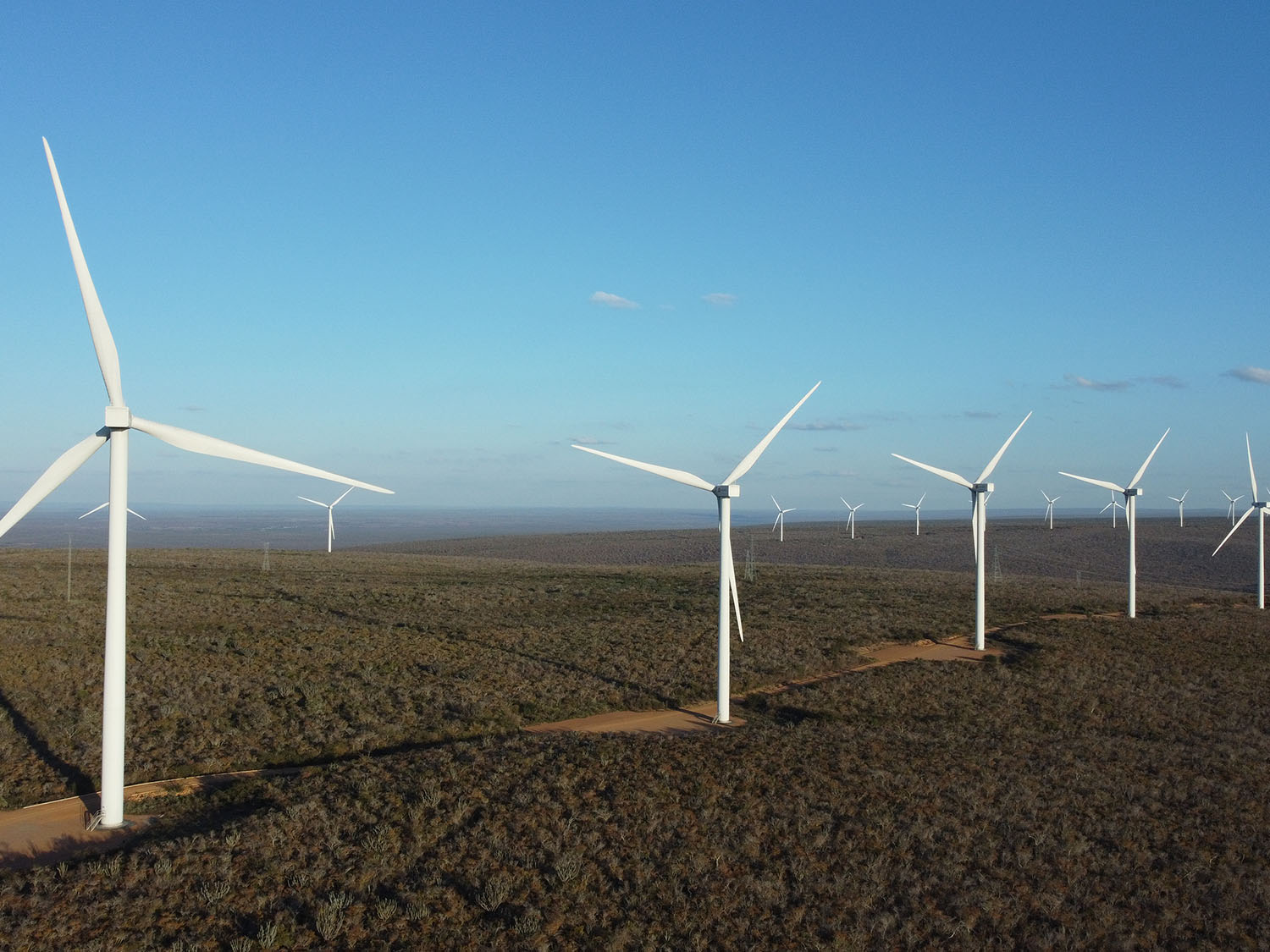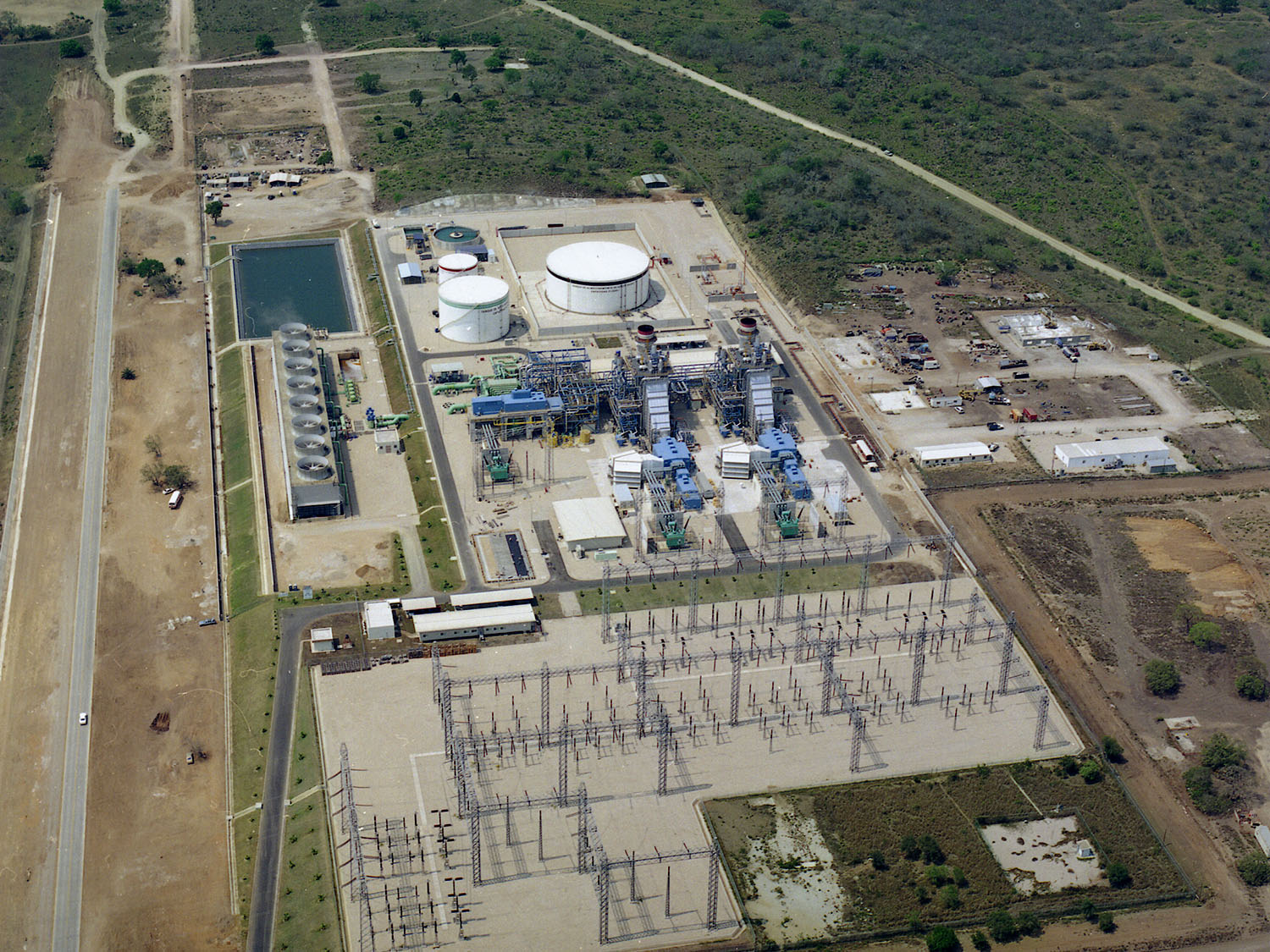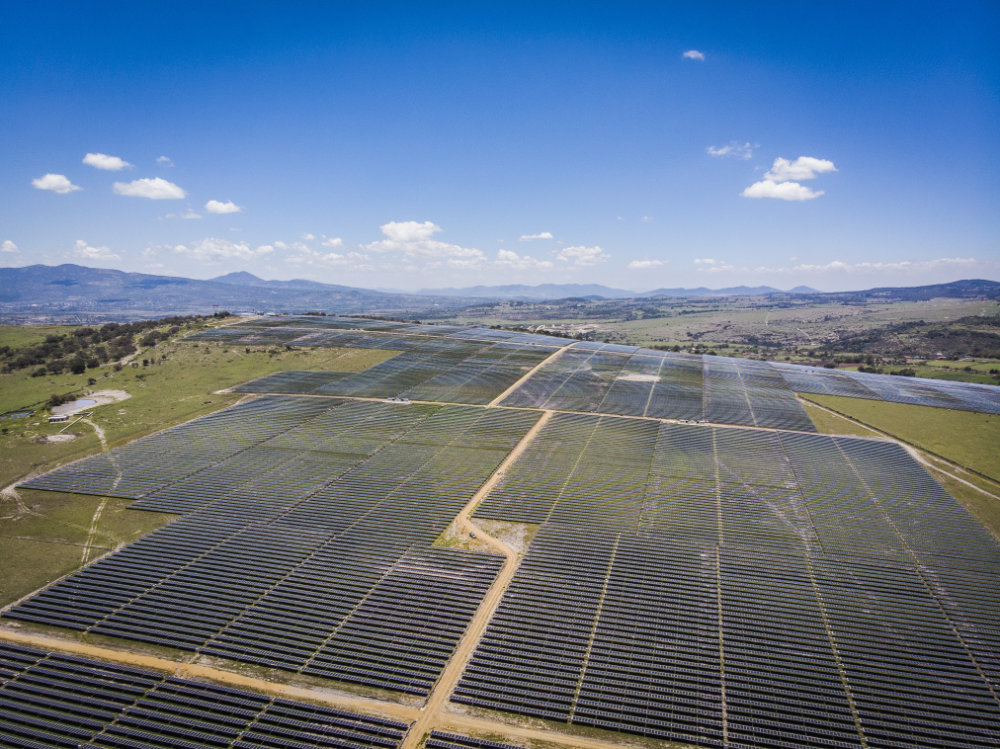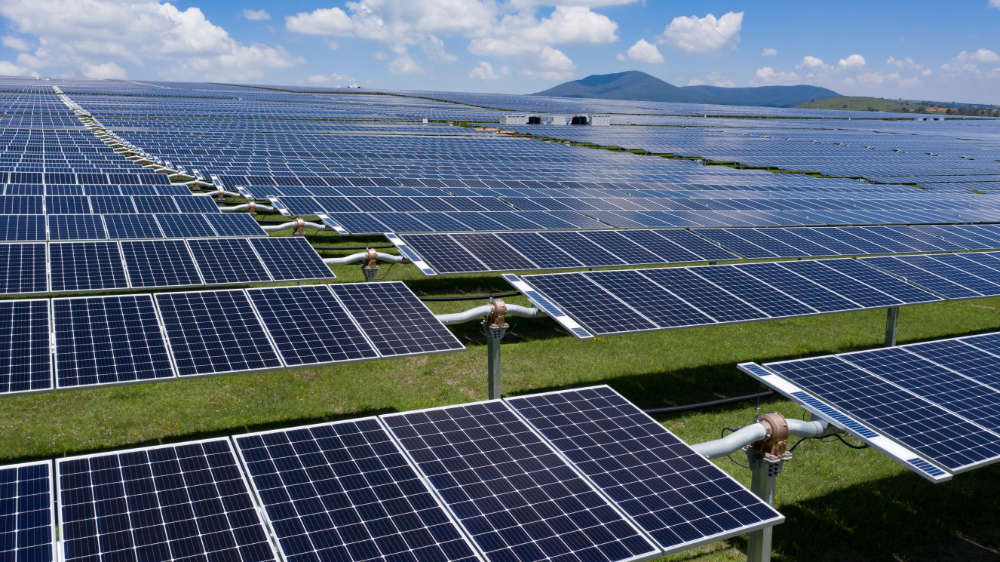Achieving net zero by 2050 and limiting global warming to 1.5 degrees requires a global shift to low-carbon, climate-resilient systems. Actis is part of the solution with our continued investment into sustainable infrastructure. Our commitment to be net zero by 2050 across our whole investment portfolio, supported by near-term science-based1 interim targets, is one of the ways in which we demonstrate this.
The investment imperative
According to the latest estimates from the International Energy Agency (IEA). Annual clean energy investment worldwide will need to more than triple from 2021 to 2030 to around $4 trillion to reach net zero emissions by 2050. For infrastructure investors, this presents a compelling investment opportunity that is accelerated further by other thematic tailwinds such as digitalisation and energy security.
Annual clean energy investment worldwide will need to more than triple from 2021 to 2030 to around $4 trillion to reach net zero emissions by 2050.
At Actis, we continue to capture value across this opportunity for our investors; investing behind these global themes across a range of sustainable infrastructure sectors, and enacting our mission to transform infrastructure for a better tomorrow. Our approach to sustainability is founded on a dual objective that encapsulates this: to invest in sustainable infrastructure, and to create companies that are sustainability leaders. In the context of net zero we think about this as:
- Investing in sustainable infrastructure – The transition to a net zero economy requires investment in infrastructure which provides solutions to climate change – such as renewable power to decarbonise energy supply; district energy systems that make heating or cooling more energy efficient; and co-located hyperscale data centres that can offer more efficient and green data storage to customers. Such infrastructure is also at the heart of modern economies and therefore fundamental to sustainable development and raising standards of living in developing countries. These are just some of the sectors that we invest in across our three strategies in Energy, Real Estate, and Digital Infrastructure.
- Creating sustainability leaders: Infrastructure and the built environment accounts for almost 80% of global emissions today. Net zero, therefore, requires current and future infrastructure to be decarbonised – meaning that assets must be built and operated in line with global science-based decarbonisation pathways for net zero 2050. At Actis, we call these “net zero-aligned assets” and we believe that investors can find value here when designing new infrastructure, upgrading or retrofitting existing infrastructure, and considering how these assets will be governed and managed.
Infrastructure and the built environment accounts for almost 80% of global emissions today. Net zero, therefore, requires current and future infrastructure to be decarbonised
Accelerating net zero through our commitments
In 2022 Actis committed to align its investment portfolio to net zero by 2050. Actis has also become a signatory to the Net Zero Asset Managers Initiative (NZAM) and a member of the Institutional Investors Group on Climate Change (IIGCC) – both supporting the Just Transition to a net zero economy by 2050 or sooner.
In March 2023, Actis announced interim targets to progress its 2050 commitment which were developed using the Paris-aligned Investment Initiative’s Net Zero Investment Framework for Infrastructure. These targets reflect our dual sustainability objectives shown in Exhibit 1:
Exhibit 1: Actis’ interim net zero targets
| Investing in sustainable infrastructure | Actis committed for 50% of its AUM to be invested in climate solutions by 2030. Actis committed for 50% of its AUM to be invested in climate solutions by 2030. For Actis, these are sustainable infrastructure investments that are critical to enabling net zero through reducing greenhouse gas emissions – either by decarbonisation or energy efficiency measures. Actis’ ambition is clear here, with 30% of AUM on average targeted by other NZAM members, per NZAM’s 2022 Progress Report). |
| Creating sustainability leaders | Actis committed 60% of its total assets under management (AUM) to be aligning with net zero by 2030.
As described earlier, net zero aligned means assets that are managed in line with a science-based decarbonisation pathway for Scope 1, 2, and material Scope 3 emissions, consistent with net zero by 2050 or sooner. This needs to also be supported by adequate governance, strategy, targets, and reporting. Our 60% target is well above the average AUM committed across NZAM members of 37%, per NZAM’s 2022 Progress report. All Actis portfolio companies will develop costed net zero plans that will be Board-approved by 2025 (or within two years for new investments). This is an integral component in our pursuit of sustainability leadership across our portfolio companies and central to achieving the 2030 net zero alignment target. |
The value case
Having invested in 16 GW of installed renewable energy projects and with 33.2 million tonnes of CO2 avoided through Actis investments – equivalent to more than 7.2 million gasoline-powered passenger vehicles being off the road for one year – Actis’ investment behind net zero is by no means a recent phenomenon.
Our net zero commitments therefore reflect Actis’ continued implementation of its dual sustainability objectives into its investment approach. This is underpinned by a belief that net zero aligned assets are more resilient, de-risked, and better positioned to capture value as economies and societies transition.
For example, corporate climate and net zero commitments are driving “green premiums” in Real Estate as well as increasing demand for renewables-powered data centres. Decarbonising these assets therefore plays a role in first qualifying for environmental criteria within customers’ procurement processes, and then securing high quality tenants at an attractive price. In addition, costs savings can be achieved through reduced operating costs, lowered cost of capital, and discounted insurance premiums. Cumulatively, these opportunities can provide a compelling payback for the upfront CAPEX required to build or retrofit to green specifications.
Sustainable infrastructure that supports net zero also needs to be climate-resilient and this is an important feature of how we de-risk investments. Actis considers physical and transition-related risks to minimise financial exposure to climate risk. For example, we assess the resilience of our infrastructure to potential physical and social impacts of climate change in the context of different global warming scenarios (physical risks), as well as how changes in policy, technology, and financial markets may impact our investments (transition risks). We systematically implement this into our investment and asset management approach, supported by Actis’ proprietary Transition Tool. Actis will be publishing its first set of disclosures in line with the Task Force on Climate Related-Financial Disclosures next year.
Our recent progress
We are focused on implementing net zero across our portfolio as well as further embedding climate change into our investment approach. Recent highlights include:
- delivering net zero workshops for CEOs, CFOs and Heads of Sustainability at Actis’ Energy and Long Life Infrastructure businesses;
- working across Actis’ portfolio to appoint consultants to work with portfolio companies on their net zero plans. Net zero plans will include bottom-up carbon footprinting for Scope 1, 2, and material Scope 3 emissions and development of a strategy for net zero by 2050 or sooner. Strategies will have interim science-based targets, marginal abatement cost curve analyses of decarbonisation interventions, and a roadmap to achieve these targets, including milestones and governance arrangements. Once developed, costed net zero plans will be reviewed and approved by Boards and then integrated into portfolio companies’ business plans and strategies;
- Actis’ portfolio company, Omega Energia – Brazil’s largest renewable independent power producer – had a fully costed net zero plan approved by its Board this year for inclusion into their business plan. This plan includes a 2030 target to reduce Scope 1 and 2 emissions by 75%, as well as compensation to neutralise residual emissions on the journey to net zero; and
- commissioning a specialist third-party advisor to undertake climate scenario analysis across our investment portfolio, to identify and prioritise physical- and transition-related climate risks, in the context of different global warming scenarios and time horizons.
At Actis, we recognise the risks and opportunities that climate change and the transition to net zero present to infrastructure investors. As such, we expect net zero aligned assets will continue to be increasingly attractive to sophisticated buyers that evaluate and price the economic, environmental, and social components of the net zero transition into investments. Net zero is, therefore, one of many opportunities to generate superior risk-adjusted returns for investors whilst also preserving the planet and its people – or what Actis refers to as “Values Drive Value”.






